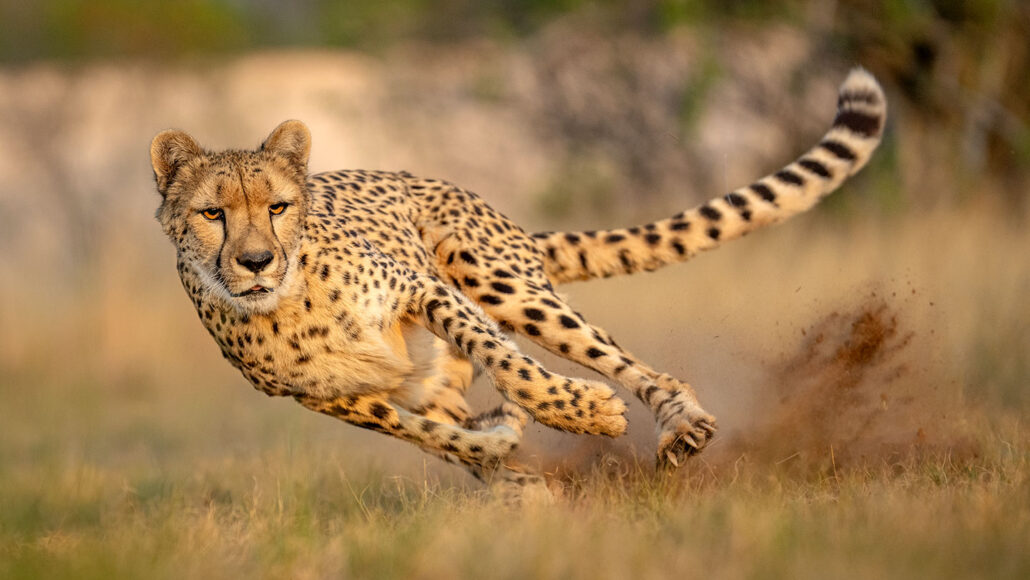
Animals
Analyze This: Why the fastest creatures are neither tiny or huge
The “Goldilocks zone” for fast animal speed seems to depend on a body not being too small or so big it gets in the way of its own strength.
Come explore with us!

The “Goldilocks zone” for fast animal speed seems to depend on a body not being too small or so big it gets in the way of its own strength.

Video shows narwhals using their tusks to prod — even flip — fish they don’t target as prey. It’s the first reported evidence of these whales playing.

Mosquitoes seem to prefer some flavors over others. Knowing what they like — and hate — could lead to better ways to prevent bites.

Birds don’t look like the scaly giants of Jurassic World. But fossils are revealing how these modern-day dinosaurs descended from ancient reptiles.

Scientists have named more than 1,000 species of nonavian dinosaurs. Their legacy lives on in the 11,000-plus bird species alive today.

In the spring, queen bumblebees emerge from their winter hibernation to start new colonies.

When mixed with water and rubbed on the skin, a common food dye allows researchers to peer inside the body of a mouse.

One individual chimpanzee peeing prompts others to follow suit — but scientists don’t know why.

A lot of their old-fashioned dioramas — a type of exhibit — are biased, boring or even unscientific. Here’s what modern museums are doing to fix that.

A teen researcher investigated bowhead whales and found their migrations may be responding to a changing sea current.